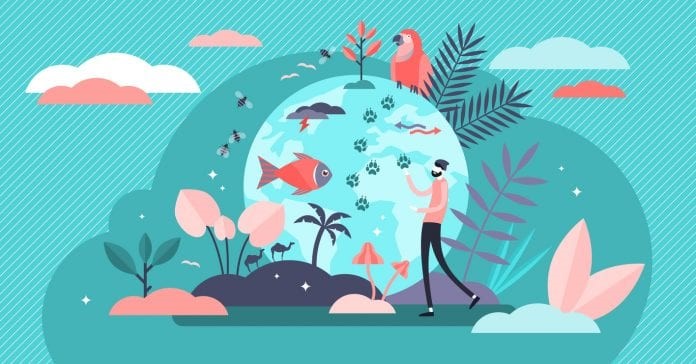By Natalie Taylor
Last week I addressed zoonotic spillover: animal-to-human illnesses that can turn into pandemics. The root cause is proximity of people and wild animals, often a direct result of deforestation. Because when animals lose their natural habitat, they are forced to encroach on human settlements. The catastrophic COVID-19 pandemic is highlighting the cost of overexploiting the natural world and not understanding that an imbalance in nature leads to major repercussions. The acceptance of this fact will lead to a better world and keep pathogens in check.
A solution to the zoonotic spillover problem can be addressed in three phases. To begin with, humans need to balance the production of food with the protection of tropical forests and reduce land use. This can be done by eating less meat and fewer processed foods, which is better for our health anyway. Less reliance on meat would lower demand for crops, pastures, and land for agriculture. Producing more food per hectare and using crops that better resist drought would also diminish the need for land. Reducing food waste could also decrease the pressure to grow more; 30 to 40 percent of all food produced is wasted. Another important part of the effort to lessen land use is to address overpopulation around the world. Lower birth rates have been demonstrated to go hand in hand with better education for women.
The second phase of the solution, which will be helped by stopping deforestation, is increasing the distance between humans and wild animals. Governments could maintain protected areas of habitat with buffer zones to limit interaction between people and wildlife. There ought to be an international crackdown on illegal wildlife slaughter and sale in the so-called wet markets. The term, by the way, refers to public markets that sell fresh meat, fish, produce, and other perishable goods—sometimes including wild animals. In many of these markets, animals are slaughtered on site after purchase, with areas covered with blood and other fluids rife for the spread of infectious agents. But we also need to address factory farms that pack thousands of animals together and can also be the source of viral infections.
The third part of the solution is discovering new outbreaks earlier. Epidemiologists propose testing mammals known to carry coronaviruses—bats, rodents, badgers, civets, pangolins, and monkeys—to map how the germs are moving, and then test nearby humans. This surveillance must be widespread and well-funded. The US Agency for International Development (USAID) proposed project PREDICT, a 10-year effort to hunt for and track threatening microbes and viruses. We need to fund such agencies with enough money to cast a wider and stronger net. Such efforts to monitor and identify infectious disease outbreaks can help contain them before they become pandemics. Zoonotic spillover, which led to our current coronavirus pandemic, is not inevitable; it can be stopped with a coordinated global effort. It’s not simply a “good” thing; it can literally save our lives.

